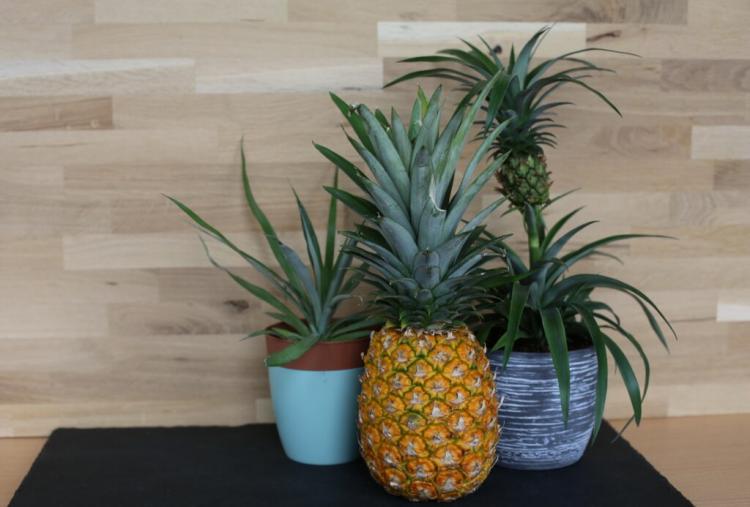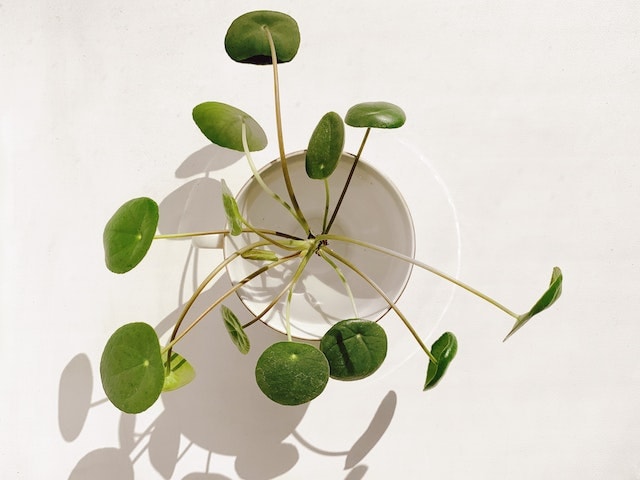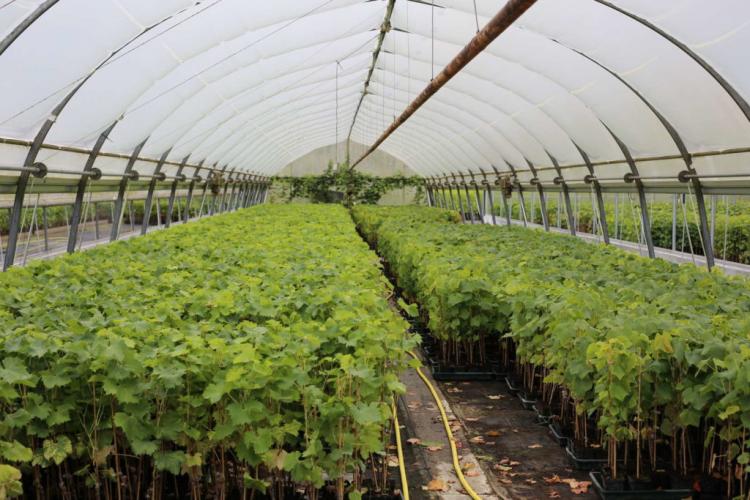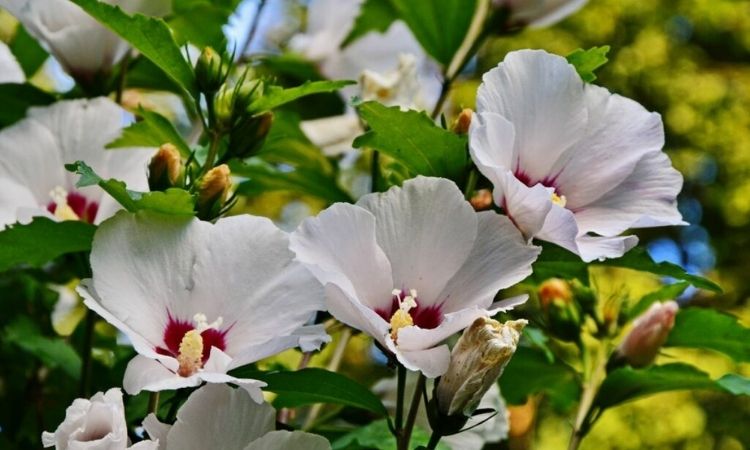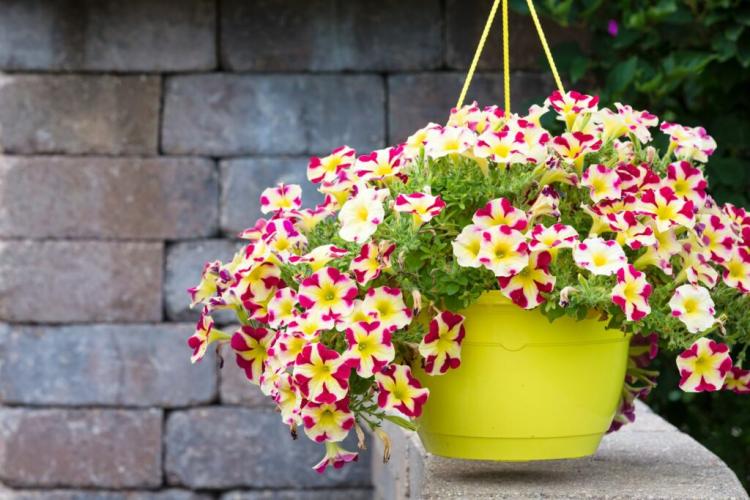Properly Caring for Rosemary: Cutting, Fertilizing and Wintering
Rosemary is one of the most popular Mediterranean culinary herbs. However, some care measures are required for successful cultivation.
Pour rosemary and fertilize
It is essential to avoid waterlogging when growing this aromatic subshrub. Nevertheless, the rosemary ( Rosmarinus officinalis ) should not be neglected when it comes to watering, as one can do, for example, with its southern colleague – the thyme ( Thymus vulgaris ). If the dry spell is too long, rosemary throws off the aromatic needles. In order to support the plant with the energy-sapping budding in spring, an annual fertilization with a primarily organic long-term fertilizer such as our Plantura organic universal fertilizer is recommended. Further supplementary fertilization is not absolutely necessary, especially when growing in beds. In order to prepare the plant tissue for the winter, at least no fertilization should be carried out after August.
Cut rosemary properly
Rosemary is a subshrub and threatens to lignify quickly without regular pruning. The woody shoots are bare and it is extremely difficult for the plant to sprout again and to form fresh shoots. Therefore, you should never cut back into the woody part of the plant. Even the regular harvest of spicy shoots helps to keep the rosemary in shape and to promote its branching. Nevertheless, a strong pruning should be made at the beginning of May. Before May it is too risky to cut, as the impending frosty nights could freeze the tender new shoots.
Hibernate rosemary
Rosemary is not only a lover of the sun, most varieties also prefer it warm and some have their problems with the frosty winter cold. If the rosemary grows in a pot, it should therefore be transported from the balcony or terrace to the windowsill or, even better, to the winter garden. In the case of specimens planted in the bed, it is advisable to cover them with rice or fleece. A life-threatening combination for rosemary is permanently frozen ground on sunny, sunny winter days. The plant then evaporates water, although none of the soil can be pulled from the ground due to the frozen soil. There is a threat of winter death from drying up. Covering the plants counteracts frost. In addition, the shoot tips are protected from frost damage. Basically, there is always a sheltered place by a wall for Mediterranean herbs in the bed, in order to bring the plants through the winter as best as possible.

